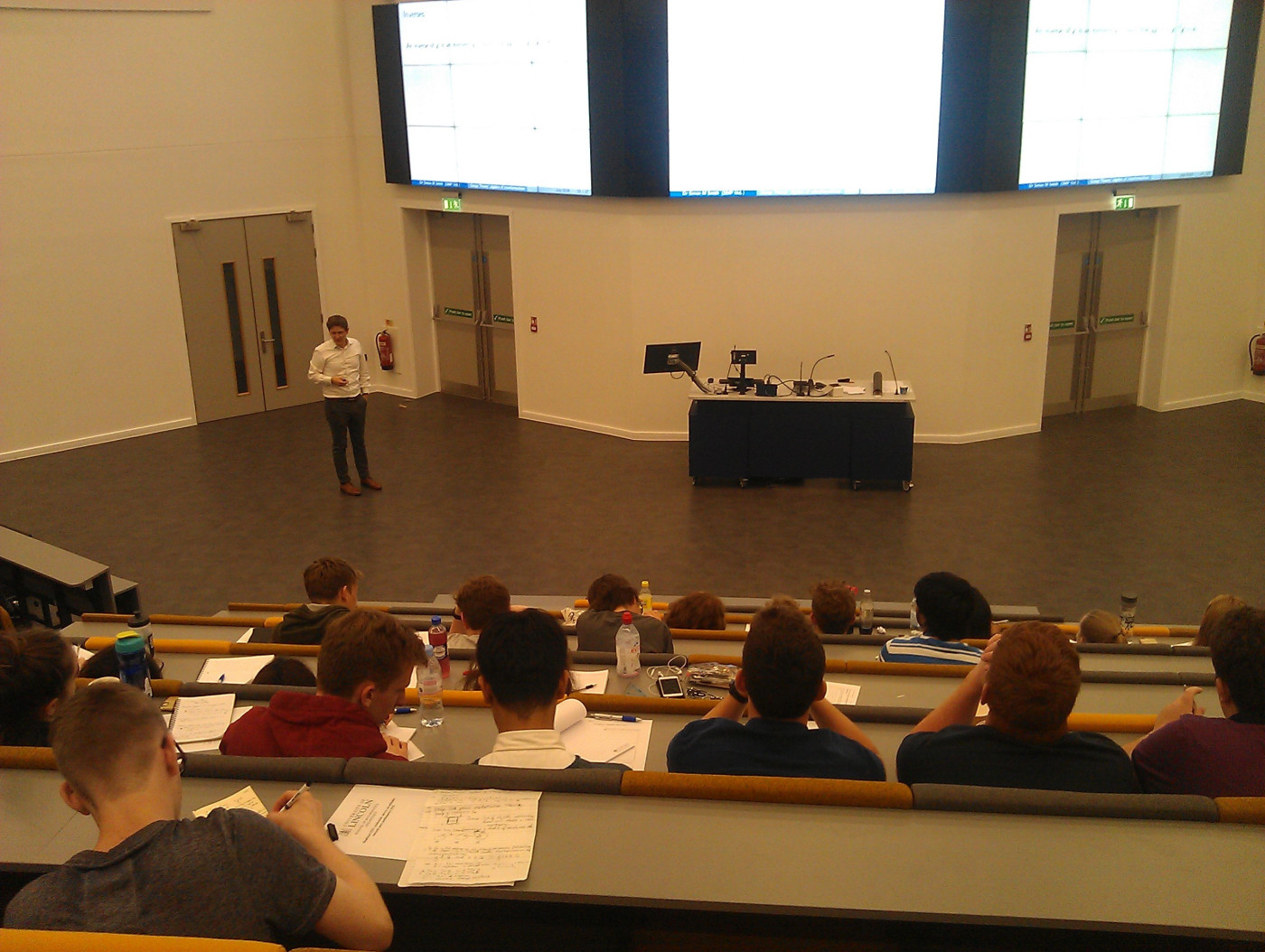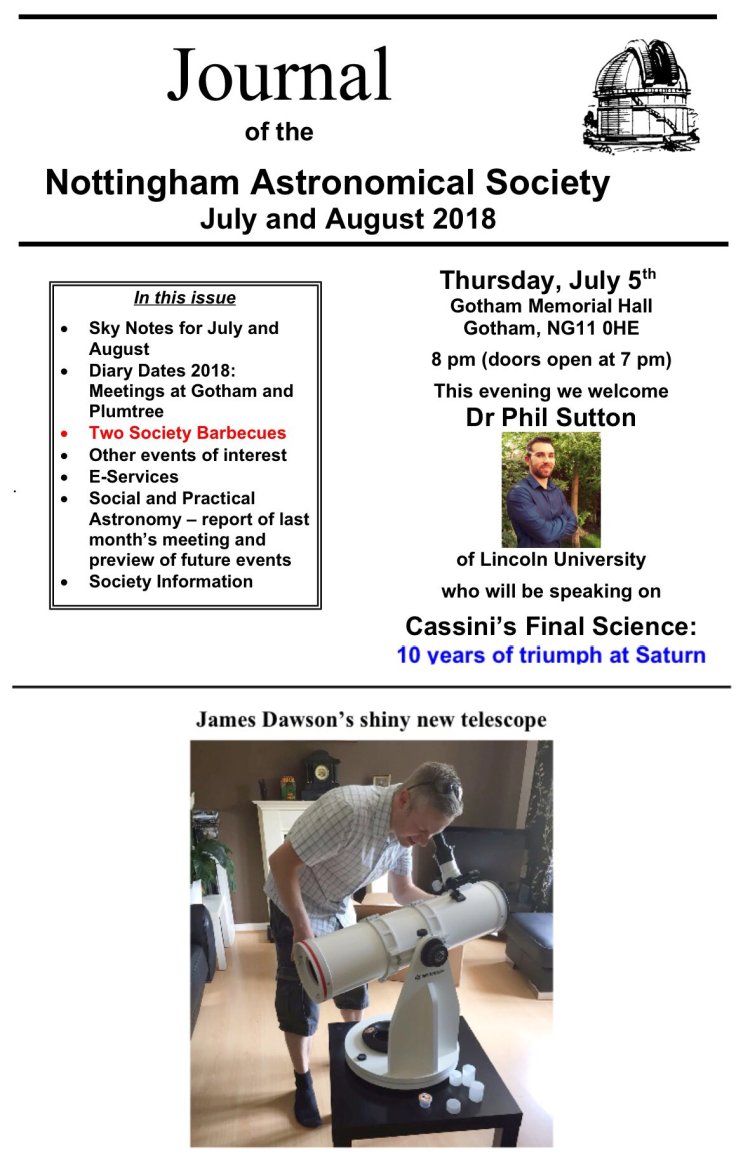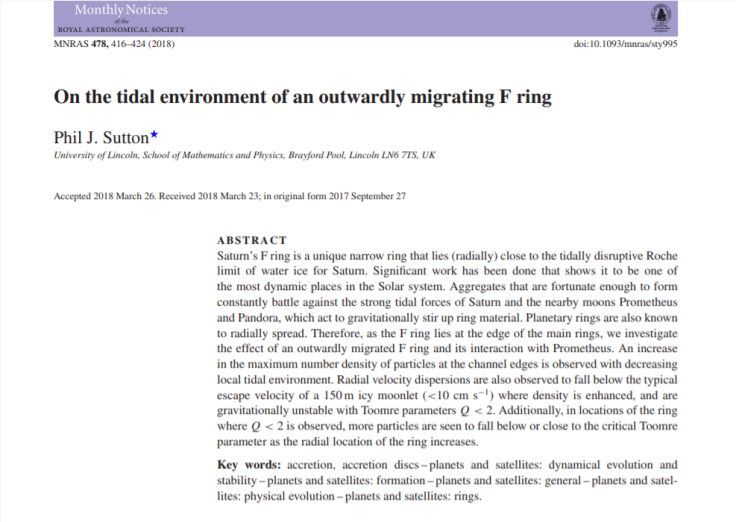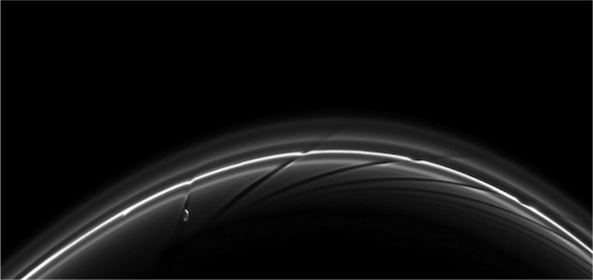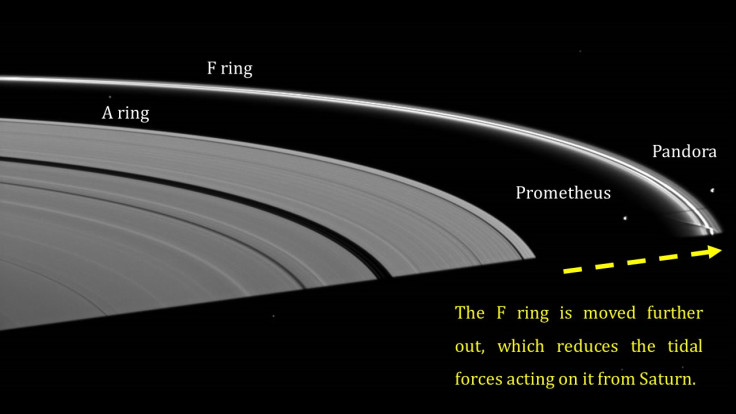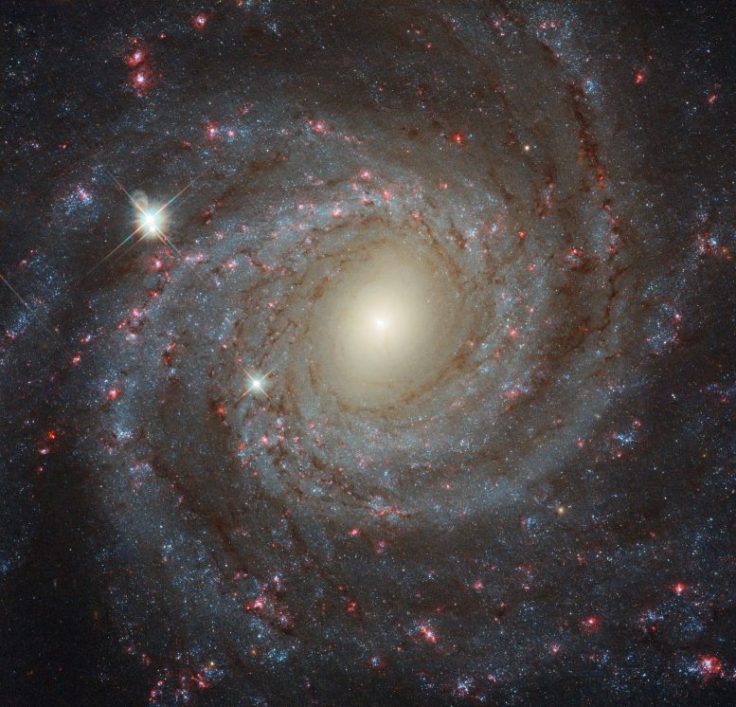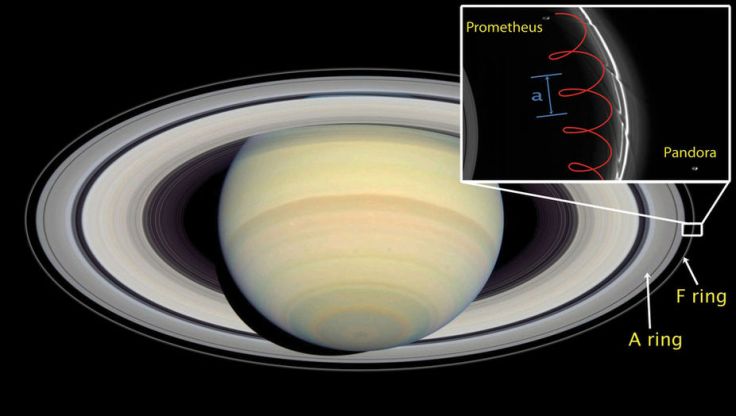![]() Charlotte Scott Centre for Algebra
Charlotte Scott Centre for Algebra
The University of Lincoln has hosted a EDT Headstart residential, where thirty students in Year 12 from all over the country have stayed from 8th to 11th July to get an introduction to university life at Lincoln, to visit the facilities of our campus, but especially to experience several lectures and workshops in Mathematics and Physics. Two afternoon sessions devoted to academic tasters were held by the School of Mathematics and Physics, and coordinated by Dr Sandro Mattarei. On 9th and 10th July the students enjoyed the following sessions:
-
Group Theory: algebra of transformations – A lecture given by Dr Simon Smith

-
Pascal’s triangle and modular arithmetic – A lecture given by Dr Sandro Mattarei
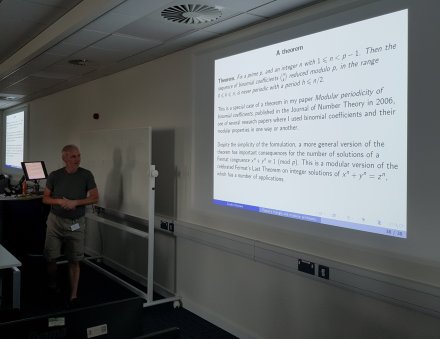
- followed by a computer demonstration led by Dr Bart Vorselaars

-
Patterns in nature: mathematical views of the natural world – A lecture given by Dr Danilo Roccatano
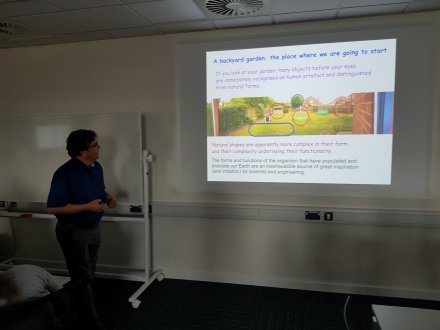
- What is Chaos? – A lecture given by Dr…
View original post 72 more words
